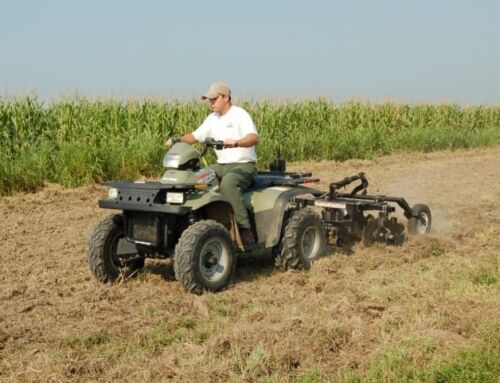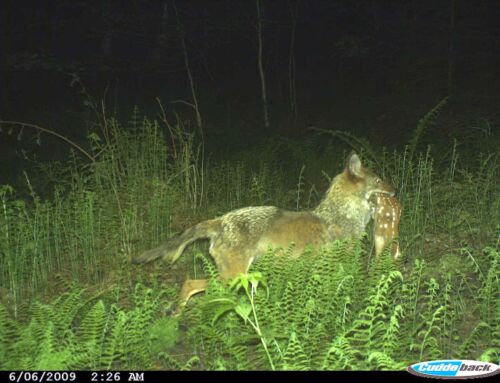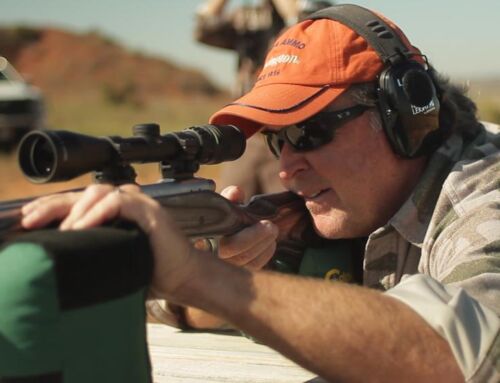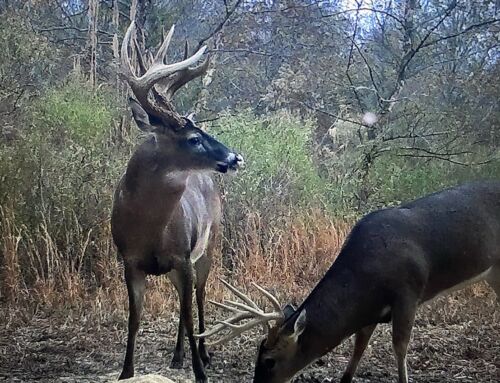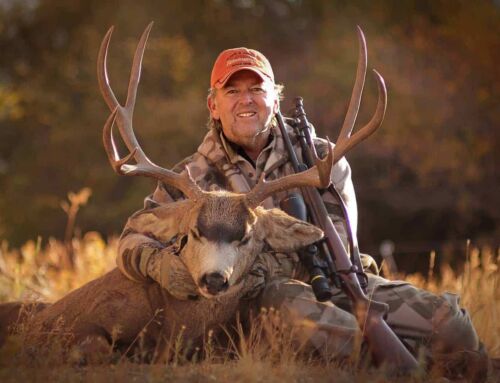Skip to content
5 Facts About Summer Whitetail Antlers
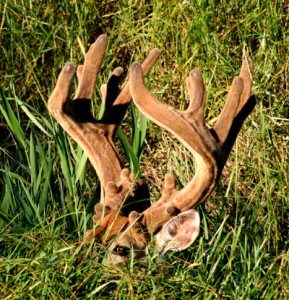 Experts at the Mississippi State Deer Lab say velvet antlers grow rapidly in late spring and summer, as much as ¾-inch a week for yearling bucks and 1 1/2 inches per week for adults. Growth slows dramatically in late summer while mineralization (hardening) of the antlers is completed.
Experts at the Mississippi State Deer Lab say velvet antlers grow rapidly in late spring and summer, as much as ¾-inch a week for yearling bucks and 1 1/2 inches per week for adults. Growth slows dramatically in late summer while mineralization (hardening) of the antlers is completed.- Antlers are bone, consisting of calcium, phosphorus, magnesium and other minerals. Although some of the minerals are taken from food, a lot of them are sucked from the buck’s skeleton, causing him to develop osteoporosis during the summer.
- Because velvet is rich with blood vessels, growing antlers are hot to the touch. New racks show up well in thermal imaging optics.
- Tiny hairs on the velvet stick out and make the antlers look bigger than they really are. The hairs also act as a radar system so the buck won’t bump into trees, fence posts, etc. and damage his soft antlers.
- Sebum, a semi-liquid secretion on the hairs, gives the velvet a shiny look. Some biologists say sebum also acts as an insect repellent to keep biting flies off a buck’s rack and face.
Page load link
 Experts at the Mississippi State Deer Lab say velvet antlers grow rapidly in late spring and summer, as much as ¾-inch a week for yearling bucks and 1 1/2 inches per week for adults. Growth slows dramatically in late summer while mineralization (hardening) of the antlers is completed.
Experts at the Mississippi State Deer Lab say velvet antlers grow rapidly in late spring and summer, as much as ¾-inch a week for yearling bucks and 1 1/2 inches per week for adults. Growth slows dramatically in late summer while mineralization (hardening) of the antlers is completed.
